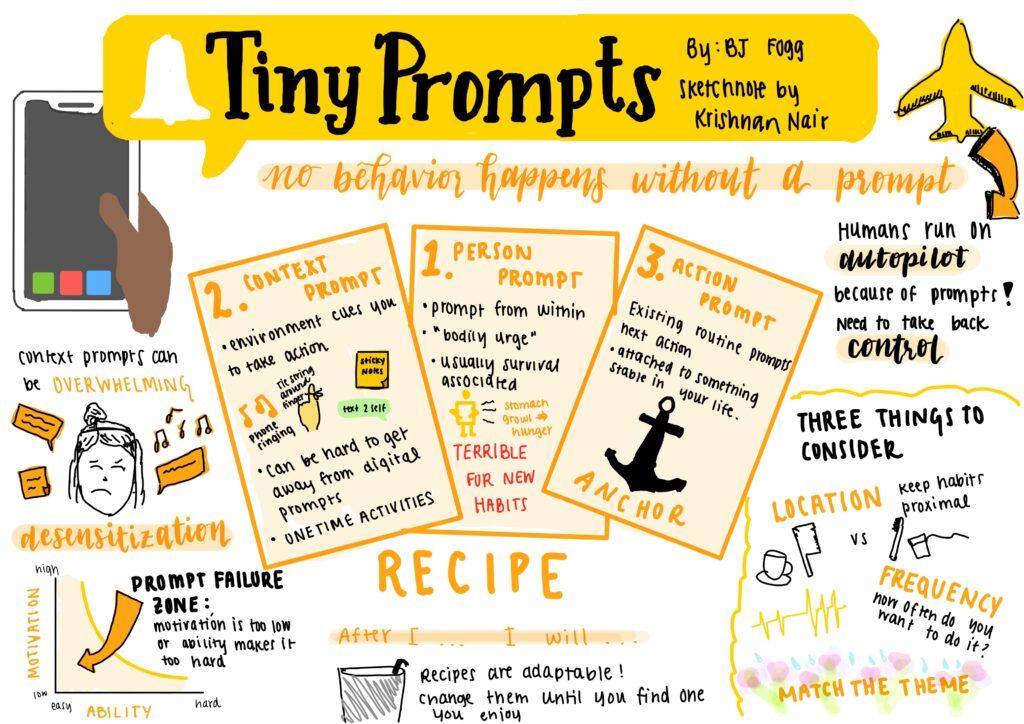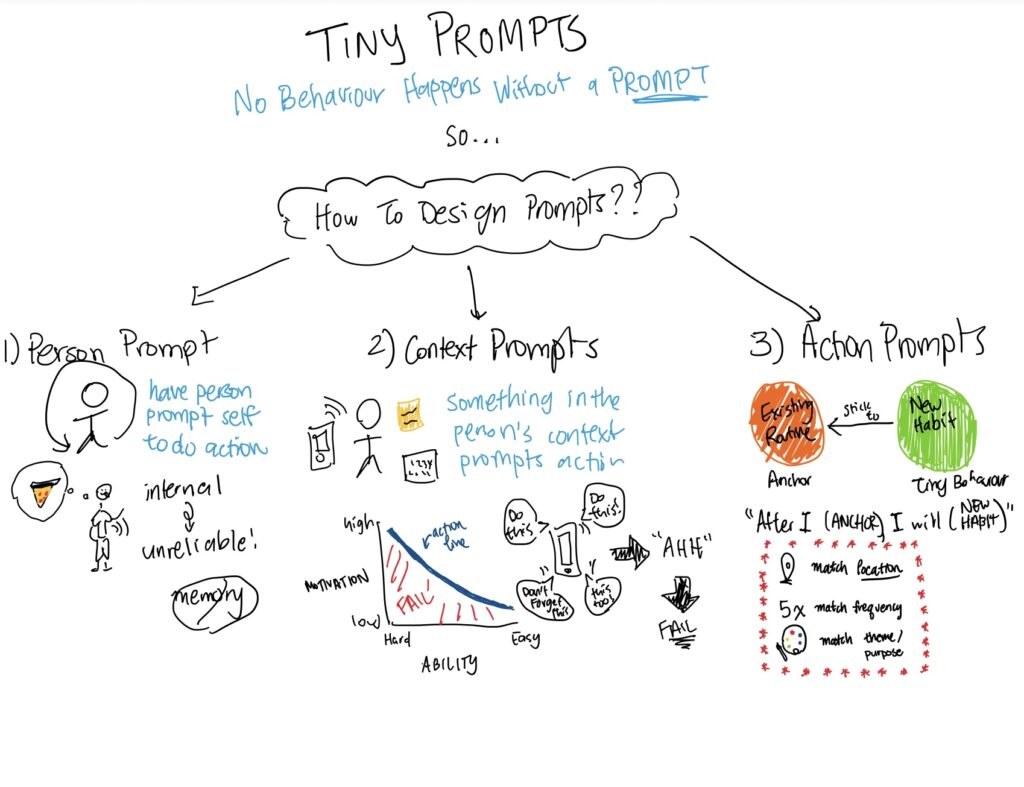SoundSpot was a very interesting company to work with. I came in with almost no background in music tech or fan communities, so it was eye-opening to learn how a platform can blend streaming with social features and why that matters for both artists and superfans. The core idea is simple: SoundSpot is not only about access to songs. It is about connection and co-creation.
At first, our team struggled to pin down the main problem. Growth had plateaued at around 600 monthly active users with only eight months of runway. There was no single fatal issue. Instead we saw several smaller ones that added up: most people used SoundSpot like a solo streaming app, social features were underused, and real-time collaboration kept server costs high. Competing directly with Spotify or Apple on catalog or scale did not make sense. We chose to focus on a defensible niche: the relationship between artists and their superfans.
User interviews were the most energizing part. They showed that music fandom is about identity and routine as much as it is about content. Fans want more than algorithmic discovery. They want to feel part of something and to support the person behind the song. Artists want direct and reliable ways to reach their community, but the current tools are limited. These insights pushed us toward experiences that feel live and human. We explored polls, chats, fan rooms, and storytelling between releases.
From that work, our favorite direction was a pivot to interactive live moments paired with an artist-fan community layer. This trims the server-heavy sprawl and concentrates on two things that scale intimacy: live events and ongoing stories. We matched this with a clearer business model. The plan included freemium access, a student tier, a superfan premium tier, pay-per-event, and virtual merch. Artists could set price points and earn directly from their core audience.
I learned the most in three areas. First, how to evaluate markets and moats in a space where big platforms can copy features quickly. Second, how to design a business model that monetizes connection rather than only streams. Third, how to build bottoms-up financial projections. Working through TAM, SAM, and SOM helped turn a fuzzy trend into numbers and testable targets. We attached experiments and KPIs to each assumption. For example, pilot a small set of live events with the top power users, track engagement during live moments and chats, and cap the MVP to keep cost per engagement under control.
If we had more time, I would run a focused pilot with a handful of mid-tier artists. I would ship the live plus storytelling MVP and measure conversion and retention among superfans. I would also iterate on community mechanics like badges, backstage posts, and digital keepsakes to see which deepen belonging without feeling gimmicky. Finally, I am curious how operations would evolve as we scale. That includes creator terms, moderation, artist onboarding, and a lean infrastructure plan that keeps the live magic while protecting runway.
Overall, SoundSpot showed me how a product can move from passive streaming to participatory fandom. It taught me to design for connection as the core moat and to align product, business model, and operations around that goal.




Comments